Museum
Discover a distinguished collection of nineteenth- and twentieth-century American art, housed in a renovated nineteenth-century mill with a dramatic steel and glass addition that overlooks the bucolic Brandywine River. The extraordinary site—the intersection of art and nature—emphasizes the Brandywine Conservancy’s commitment to the preservation of the natural, cultural and scenic resources of the region.
Learn more about the Brandywine's campus and trails.
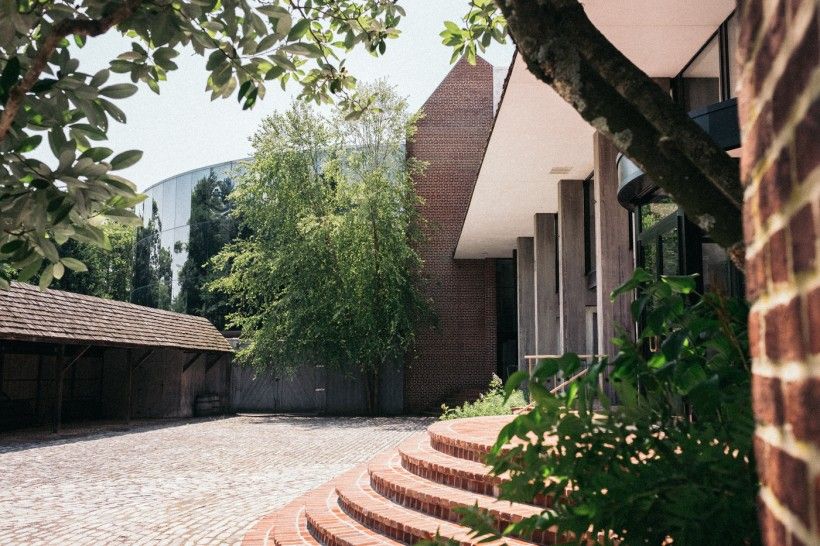
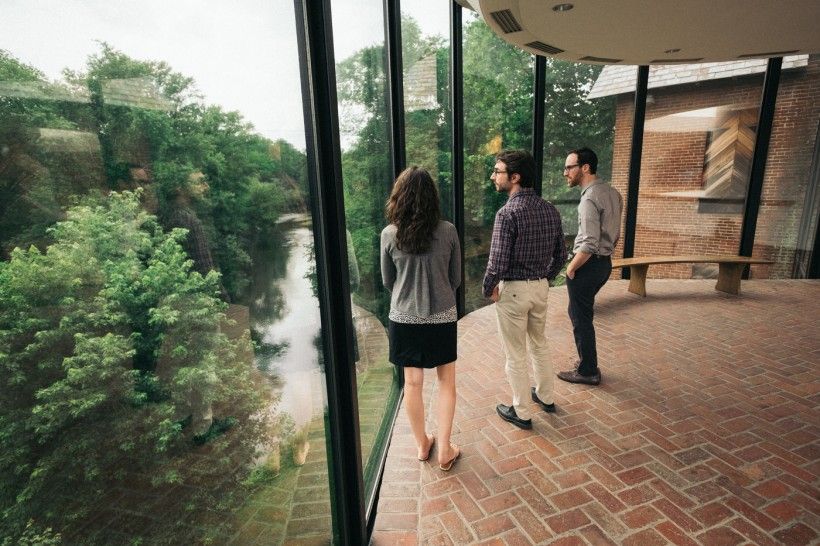
Renowned for its holdings of the Wyeth family of artists, the Museum features galleries dedicated to the work of N.C. Wyeth, Andrew Wyeth and Jamie Wyeth. The Museum’s outstanding Heritage Collection is a cross section of American art, with a special focus on artistic practice in the Brandywine valley. Nineteenth- and twentieth-century landscape paintings testify to the beauty which drew well-known artists to the area. Important portraits, still life paintings and notable holdings in American illustration add diversity and breadth to this unique collection.
A robust program of changing exhibitions places the Museum’s collection into the broader contexts of American art.
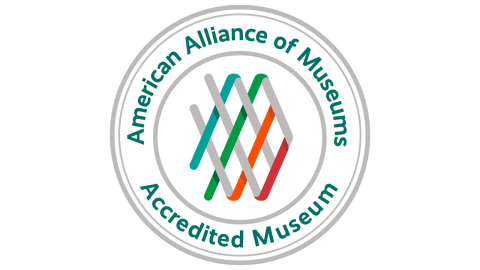
N. C. Wyeth House and Studio
In 1911, with the proceeds from his illustrations for Treasure Island, the artist N.C. Wyeth purchased 18 acres of land near the village of Chadds Ford, Pennsylvania. Possessed, he said, of “the most glorious sight in the township,” Wyeth built his home and studio on a hill overlooking the valley—setting down roots which have nourished a family of extraordinary creativity for more than a century.
The house and studio, located five minutes from the museum, retain much of their original character. The main studio, with its spectacular Palladian-style north window, still contains many of the props that were essential to the work of an illustrator, including a birch-bark canoe and a collection of firearms. A full-size mural painting, displayed in a soaring 1923 addition, helps tell the story of Wyeth’s career. The house, with its country furnishings, reveals a more intimate picture of family life.
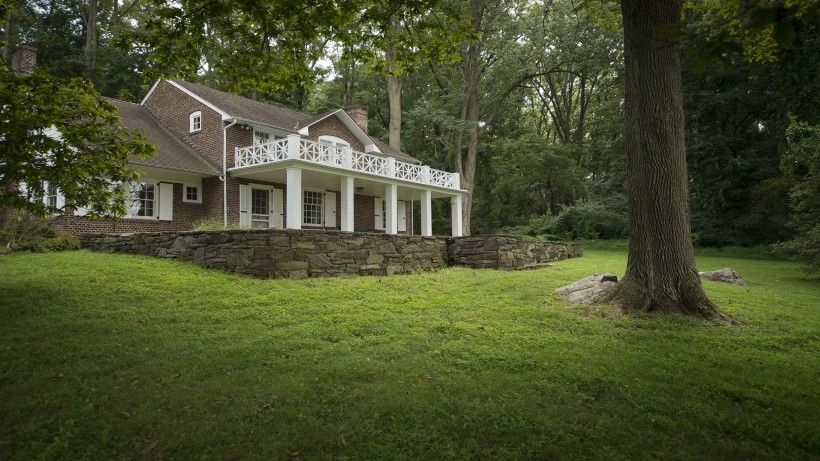
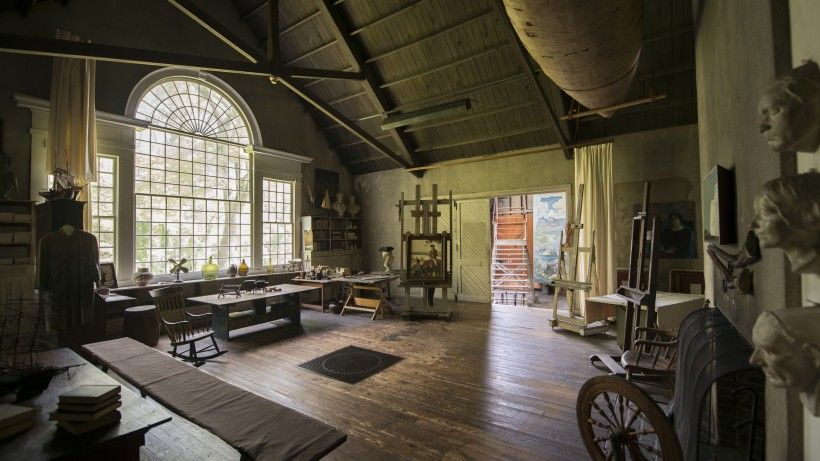
Guided tours of the N.C. Wyeth house and studio introduce visitors to the various aspects of Wyeth’s career and to other members of the family, significantly enriching the museum visit. Tours depart from the Museum via shuttle on the schedule listed below.
The N.C. Wyeth House and Studio is a National Historic Landmark and a member site of the Historic Artists’ Homes and Studios Program of the National Trust for Historic Preservation.
Learn more about the N.C. Wyeth House and Studio
Andrew Wyeth Studio
Andrew Wyeth, one of America’s best-known twentieth-century artists, painted many of his most important works of art in his Chadds Ford studio. Given to the Brandywine Museum of Art by the artist’s wife, Betsy James Wyeth, the studio provides visitors with a unique opportunity to experience this very personal space. The artist’s son, Jamie, said, “The world of Andrew Wyeth is best understood by a visit to his studio.”
This studio served as the artist’s principal Pennsylvania work place from 1940 to 2008. Thousands of paintings and drawings were created there, inspired by the people, architecture and landscapes of Chadds Ford. The studio still houses the furnishings, library and collections acquired by the artist, as well as examples of the art materials he used throughout his career.
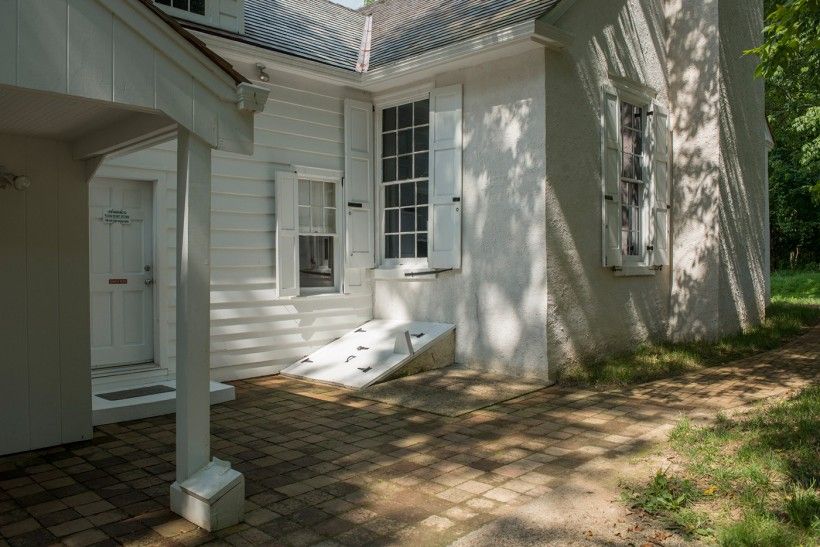
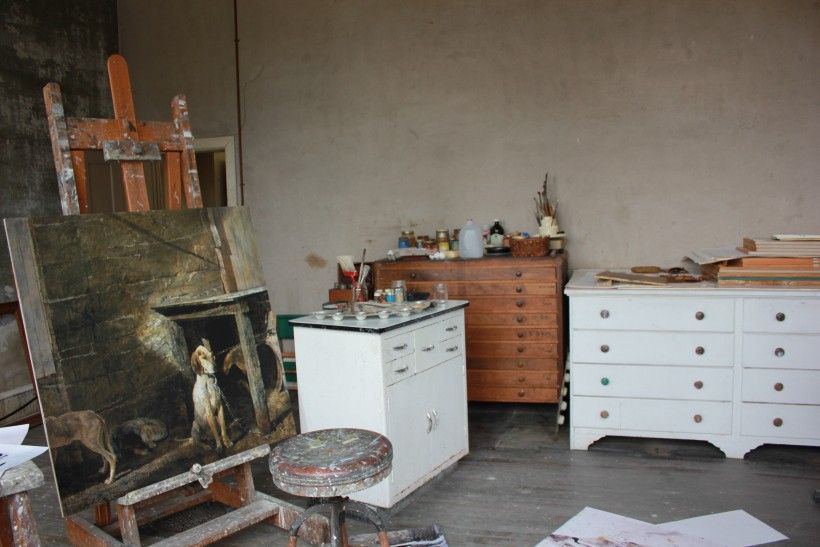
Guided tours of the Andrew Wyeth Studio introduce visitors to all aspects of Wyeth’s career, enhancing the Museum’s gallery experience. Tours depart from the Museum via shuttle on the schedule listed below.
The Andrew Wyeth Studio is a National Historic Landmark and a member site of the Historic Artists’ Homes and Studios Program of the National Trust for Historic Preservation.
Learn more about the Andrew Wyeth Studio
Kuerner Farm
For more than 70 years, the Kuerner Farm was a major source of inspiration to Andrew Wyeth. In the people, the early 19th-century farmhouse and the red barn that dominates the property, Wyeth found intriguing subjects for hundreds of tempera paintings, watercolors and drawings.
Wyeth discovered Karl and Anna Kuerner’s farm on one of his boyhood walks. The Kuerners, German immigrants who settled in Chadds Ford after World War I, fascinated the artist. Over time, he developed a complex relationship with the family and the farmscape, aspects of which he explored in many of his best-known works of art.
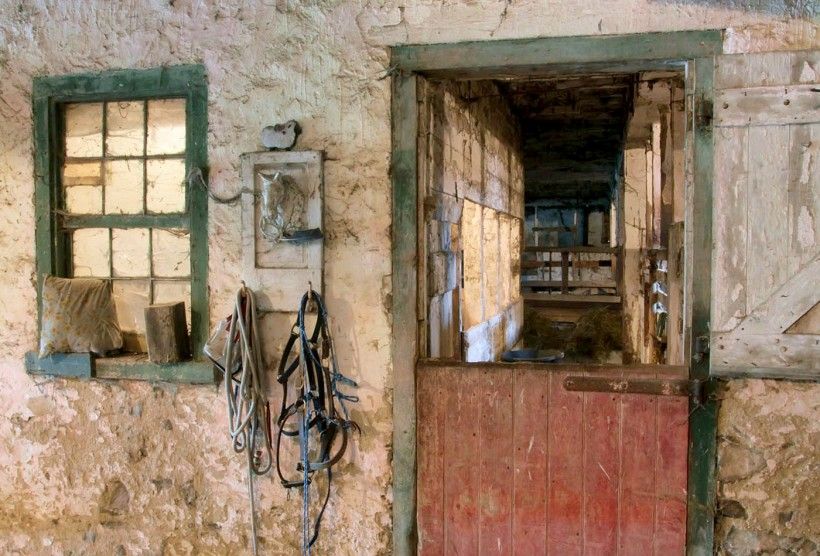
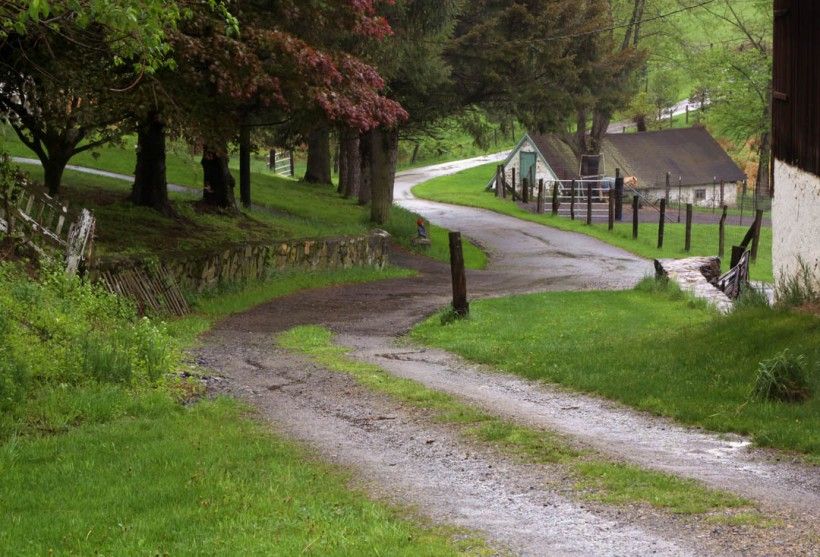
Thanks in large part to the philanthropic spirit of Karl Kuerner, Jr., and his family, the Brandywine Museum of Art acquired the Kuerner Farm in 1999. Located ten minutes from the Museum, the Kuerner house (now unfurnished) and farm still evoke a remarkable artistic legacy.
Referencing reproductions of the artist’s work, docent-led tours to the Kuerner Farm provide an in-depth study of the major paintings in Wyeth’s oeuvre that depict Kuerner farm subjects, contrasting the artist’s compositions with actual sites on the property. The tour includes the farm house and barn, and significantly expands a visitor’s understanding of Andrew Wyeth’s creative process. Tours depart from the Museum via shuttle on the schedule listed below.
The Kuerner Farm is a National Historic Landmark.